
All categories
Featured selections
Trade Assurance
Buyer Central
Help Center
Get the app
Become a supplier

(1771 products available)




















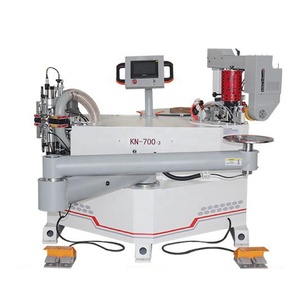
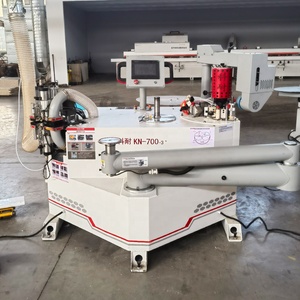
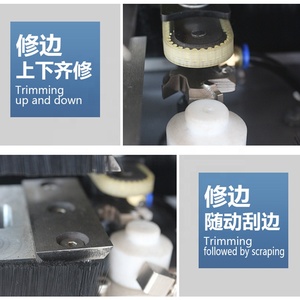
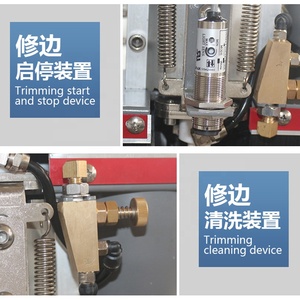
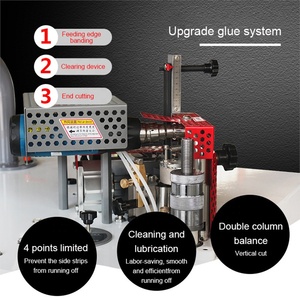
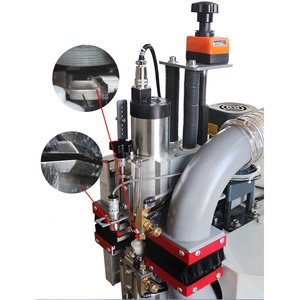

























A horizontal glass edging machine is an essential piece of equipment widely used in glass processing factories to edge the glass horizontally. This machine's popularity is due to its ability to make various edges with great precision and efficiency. Therefore, glass manufacturers no longer need to rely on manual labor to polish glass edges, but instead, they can use the glass edging machine and make smooth and even glass edges. Not only this, but the machine can also process different types of glasses.
Depending on the thickness of the glass, horizontal glass edging machines are typically categorized based on the thickness of the glass they are designed to process. The table below highlights the categories in detail.
Additionally, horizontal glass edging machines are also categorized based on their automation and control systems. The following machines are available in either manual or automatic models.
Buying the appropriate horizontal glass edging machine means understanding its specifications and what it needs for routine maintenance. Some vital horizontal glass edging machine specifications and their respective maintenance requirements are as follows.
Glass Edging Thickness and Width Range
Horizontal glass edging machine users will need to adjust the machine for a varied glass thickness and width range. It is essential to frequently lubricate the parts that require adjusting. This prevents them from wearing out due to constant moving. For better control over the glass parts' edging width, users can also create a stop block.
Motor Power
Horizontal glass edging machines perform well with the right motor power. If the glass edging done is thick, using a machine with higher motor power is better. Always keep the machine's motor clean. Monthly or quarterly, depending on usage, remove the motor cover and use a blower to clean the internal parts.
Maximum Glass Size
Operators should note the maximum glass size an inline machine can work with. The machine will edge the glass part more efficiently if its length matches or is less than the maximum size specified. Regularly check the horizontal glass edging machine's support and centering rollers. These parts hold and support oversized glass sections. Replace them immediately if there is any sign of damage.
Type of Edges
Generally, a horizontal glass edging machine creates bevel, flat, or radius edges. The wheels condition affects the type of edge an edging machine makes. The wheels should have the right contour and be well-polished. Rough or damaged wheels will result in rough edges.
Material
Most horizontal glass edging machines are made from cast iron, steel, or aluminum alloy. Regardless of the base material, regularly clean it to keep corrosion at bay. Water and dust debris are two major causes of corrosion. Use a towel or a sponge to dry the water thoroughly before it dries. To further prevent oxidation, users should apply a thin layer of anti-oxidation grease or oil.
Glass edging machines are used primarily by glass-cutting and glass-manufacturing companies. Such companies produce glass for a wide variety of construction projects, including:
The following tips will help business buyers to select the most suitable glass edging machines for their needs:
Consider the glass thickness range
A glass edging machine has its own specific glass thickness range. For example, some machines can work with glass up to 25mm thick, while others can only work with 3~19mm glass. Check that the machine can edge the thickness of the glass pieces.
Check the available templates
Templates determine the glass shapes that a horizontal glass edging machine can work on. Look at the machine's available templates. Some machines come with interchangeable templates to work on different glass shapes and sizes.
Look at the motor power
The motor power affects the machine's edging speed and precision. A more powerful motor offers higher edging speed and works with thicker glass. Choose a machine with motor power that matches the intended glass type and production volume.
Consider the level of automation
Some machines have separate automatic and manual modes. A machine with automatic operation will reduce labor costs and boost production speed. However, it is important to also consider the simplicity of the machine's manual controls and overall set-up.
Check additional features
Some models may offer features like desiccant drying systems to absorb moisture, dust collection, or a remote control interface for machine diagnosis. Compare the features of each machine and consider which ones will be useful for operational needs and maintenance.
Q1: What is the purpose of the horizontal glass edging machine?
A1: The horizontal glass edging machine serves to mill and polish the edges of glass sheets. By doing so, it creates a smooth and rounded edge, thereby enhancing the aesthetics of the glass piece and reducing the risk of injury from sharp edges.
Q2: What types of glass edging machines are available in the market?
A2: There are a variety of glass edging machines available for different types of glass and preferences. The horizontal glass edging machine is the most common type, while the vertical glass edging machine is more suitable for large and thick glass. The CNC glass edging machine offers high precision and automation for complex designs. Automatic glass edging machines provide fast and efficient processing for large-scale production.
Q3: What are the trending developments of the glass edging machine?
A3: The glass edging machine has a horizontal and vertical type. The CNC glass edging machine provides higher precision, and automation is more popular. Moreover, automatic glass edging machines will provide faster and more efficient processing for large-scale production.